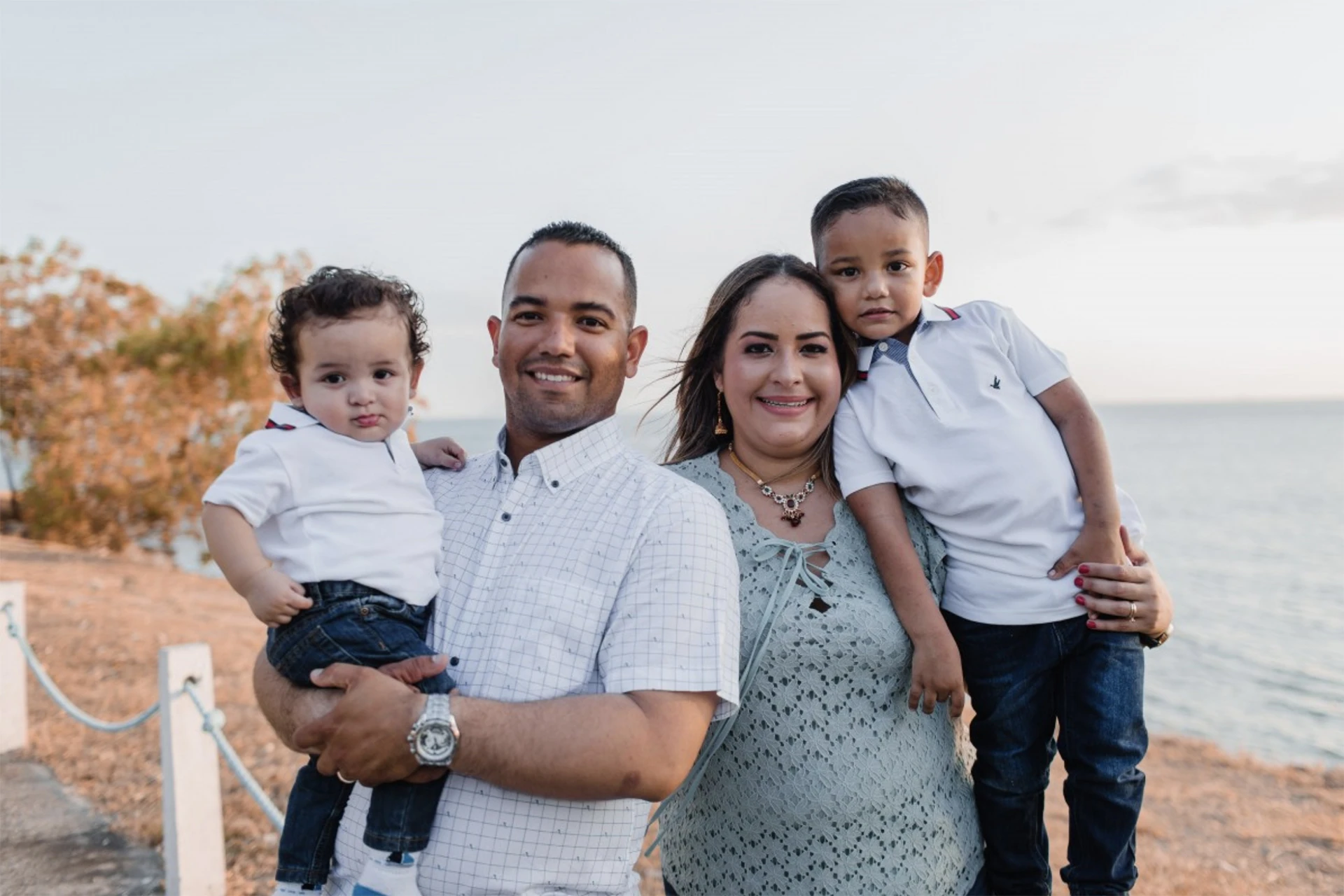The Partner visa is actually a pair of visas. The first is what I call a ‘Provisional Visa’, based on the word provided. Provided you are still together 2 years after you apply for the first stage you are eligible for the second stage.
You actually lodge both stages together. When you apply for the onshore 820 partner visa you are also applying for the second stage 801 permanent partner visa. When you apply for the 309 offshore partner visa you are also applying for the second stage 100 permanent partner visa.
It’s important to note that it makes no difference whether you are married or in de facto partnership with your Australian partner, as long as you can demonstrate a serious commitment and not just what would normally be considered a boyfriend or girlfriend type relationship
This can be done by:
Providing evidence of being married
Providing evidence of being in a de facto relationship for 12 months
Providing evidence of your relationship being registered.
If You are Married
Any marriage that is lawful in the country you were married in is normally recognized. This includes arranged marriages and proxy marriages. I had a client a few years ago from an African nation that was married in their home country while they were both in Australia. This is a marriage by proxy. This couple's parents gathered together and performed the required cultural practices that recognize and indicate a matrimonial union, hence sealing their relationship legally in that country.
Marriages that are generally not accepted are certain polygamous marriages (one partner is enough for most people anyway). Also marriages between persons within a prohibited degree of relationship (parent/child, grandparent/grandchild, Siblings), and certain underage marriages.
De Facto Relationship
De facto relationships are relationships where a couple have a mutual commitment to a shared life to the exclusion of all others and the relationship between them is genuine and continuing. They either live together or do not live separately and apart on a permanent basis.
As a general rule the de facto relationship should be at least 12 months there are exceptions to this such as being able to establish compelling and compassionate circumstances or the relationship is registered under a state or territory law.
Registered Relationship
This is one of the rarely known type of partnership but it's quite important to consider if you are in a de facto relationship. If you OR your partner live in Victoria, Tasmania, NSW, ACT or QLD we have good news! You can register your relationship in those states and avoid the 12 months worth of de facto partner evidence requirement.
Yup... You read that right.
The really interesting and cool thing about this registration is that it can happen after the application has been lodged. Unlike the de facto requirements of 12 months in a De facto relationship which must be met at the time of application, if you register your relationship this time period vanishes, even if your application has been lodged. So if you have lodged your application and you are nervous about your 12 months but you live in a state where you can register a relationship, race out now and register it!
Registering your relationship does NOT however remove the need to evidence you are in a defacto relationship. It is only the ‘time of the relationship’ element that is removed.

Which Visa do I apply for?
If you’re in Australia when you apply, you will be applying for the 820/801. If you are outside Australia you will be applying for the 309/100.
If you lodge an 820/801 you’ll be granted a Bridging Visa once your application has been received. The Bridging Visa will come into effect when your current visa expires. This means you can stay with your partner while the Department of Home Affairs processes your application. The Bridging Visa A or BVA usually allows you to work and study in Australia, although you’ll have to apply for a Bridging Visa B or BVB if you want to leave the country once you are on a Bridging Visa A.
If you lodge offshore you will not receive a Bridging Visa and will have to remain offshore while the visa is being processed OR get a different type of visa to be with your partner while you wait.
Unless compelling circumstances such as children or long term relationships exist, the second stage either the 801 or 100 can be decided 2 years from the date you apply. You may be asked for more information for the permanent stage, however lately, the decision for the first stage for many has been taking 2 years from the application lodgment meaning both stages are approved together.

